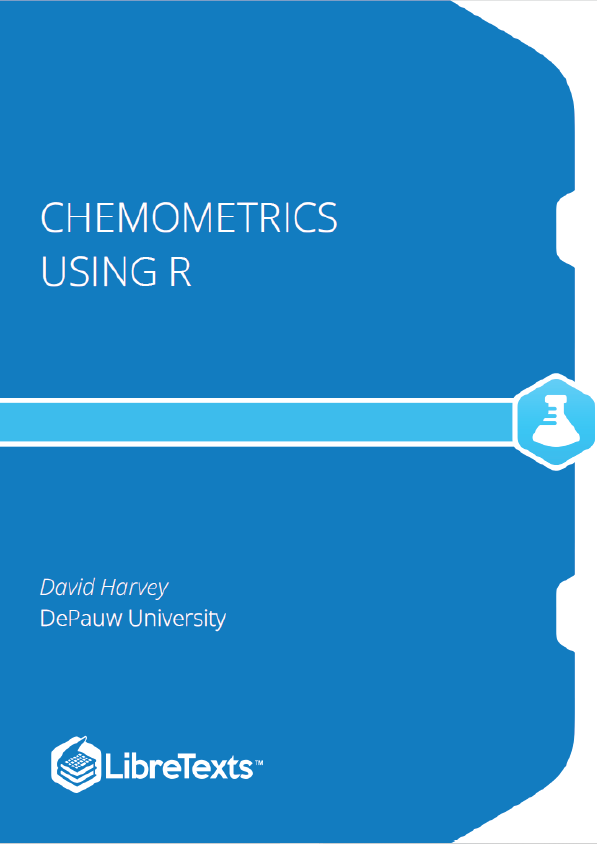What is Chemometrics?
The definition of chemometrics is is evident in its name, where chemo– means chemical and –metrics means measurement; thus, chemometrics is the study of chemical (and biochemical) measurements and is a branch of analytical chemistry. Examples of chemometric applications include
- ensuring that the data we collect is appropriate for our purposes
- enhancing the quality of an analytical signal by finding ways to minimize the contribution of noise
- reporting on an experiment in a way that estimates the uncertainty in its results and our confidence in those results
- building useful models that predict the outcomes of future experiments
- extracting from chemical data, hidden, but analytically useful information by finding underlying patterns in the data
These topics, and others, are the focus of this textbook.
Why Study Chemometrics?
Why chemometrics is important becomes clear when we consider a simple analytical problem: How do we determine the concentration of copper in a sample, and how and why has the analytical method used for this analysis changed over time.
Prior to the 1950s, gravimetry and titrimetry were the most common analytical methods for determining the concentration of copper in a variety of samples. Both of these methods rely on simple stoichiometric relationships. In a gravimetric analysis, for example, we bring copper into solution as Cu (aq), precipitate it as Cu(OH) (s) and isolate it as CuO(s) after heating it to a high temperature.
We then use the mass of CuO(s) to determine the amount of copper in the original sample by accounting for the simple stoichiometric relationship between Cu and CuO where each mole of Cu yields one mole of CuO.
You can read more about gravimetry in Chapter 8 of the textbook Analytical Chemistry 2.1.
In a titrimetric analysis, we bring copper into solution as Cu (aq) and slowly add a solution of ethlyenediaminetetracetic acid, EDTA, until the moles of EDTA added is equal to the moles of Cu in the original sample.
If we know the concentration of our EDTA solution, then it is easy to determine the amount of Cu in the original sample using the simple stoichiometric relationship between Cu and EDTA. For both of these analyses, a chemometric treatment of the data consists of little more than reporting an average, a standard deviation, and a confidence interval.
You can read more about titrimetry in Chapter 9 of the textbook Analytical Chemistry 2.1.
Gravimetry and titrimetry are useful analytical methods when copper is a major (> 1% w/w) analyte or a minor analyte (0.01% w/w – 1% w/w) analyte, but less useful if it is a trace analyte (10 % w/w – 0.01% w/w). Neither method affords a rapid analysis, which makes them less useful if we need to analyze multiple analytes in a large number of samples.
For more information about the scale of operations for analytical chemistry, including the relative concentrations of analytes in samples, see Chapter 3.4 of the textbook Analytical Chemistry 2.1. 2+ 2 Cu2+(aq)+2OH–(aq)→Cu(OH)2











